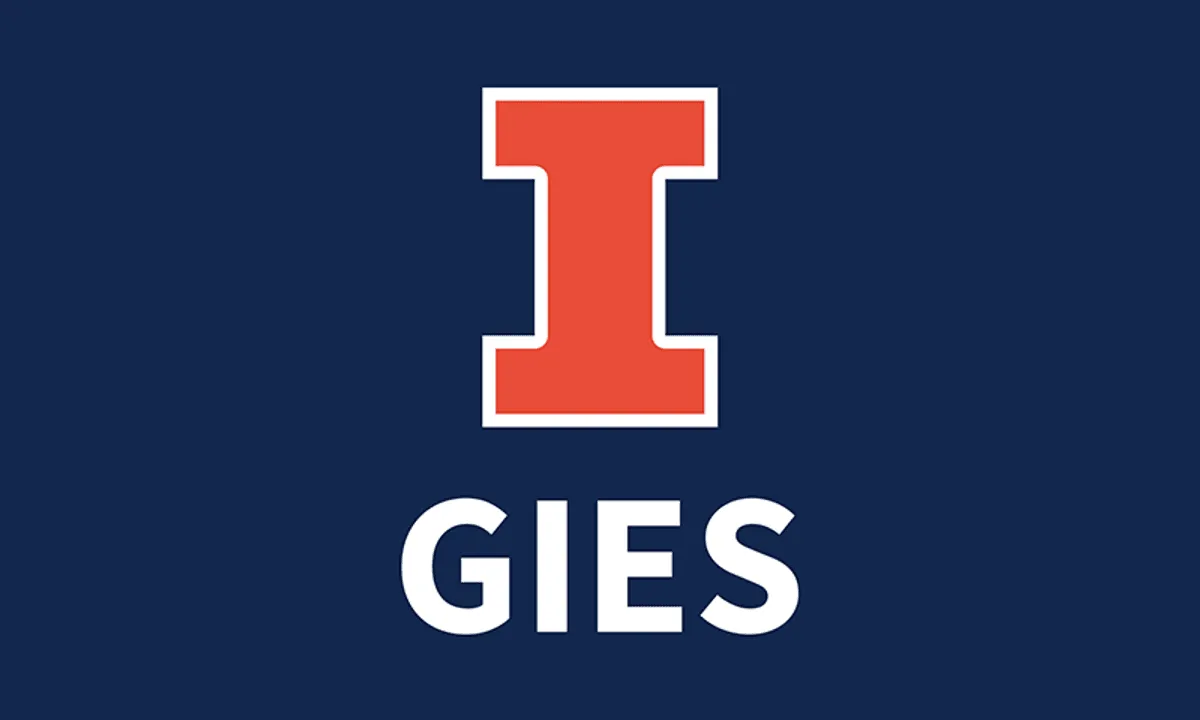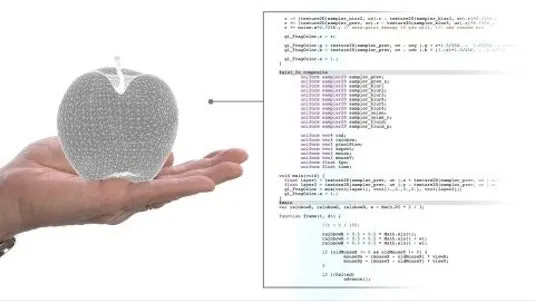
3D Printing Hardware 
This course provides an in-depth exploration of desktop 3D printing hardware, from its history to step-by-step instructions for use and repair. Learners will gain an understanding of the different materials that can be 3D printed and how to create various objects. Upon completion, learners will be able to operate, repair, and upgrade a 3D printer, and those who enroll in the course certificate will receive a discounted price on a desktop 3D printer from Ultimaker. ▼
ADVERTISEMENT
Course Feature
![]() Cost:
Cost:
Free
![]() Provider:
Provider:
Coursera
![]() Certificate:
Certificate:
Paid Certification
![]() Language:
Language:
English
![]() Start Date:
Start Date:
24th Jul, 2023
Course Overview
❗The content presented here is sourced directly from Coursera platform. For comprehensive course details, including enrollment information, simply click on the 'Go to class' link on our website.
Updated in [March 06th, 2023]
This course provides an in-depth exploration of desktop 3D printing hardware. It covers the history of desktop 3D printing, how 3D printers are made and how they work, step-by-step instructions for how to use and repair a 3D printer, and the different types of materials that can be 3D printed. Learners will gain the skills to successfully operate, repair, and upgrade a 3D printer. Upon completion of the course, learners will be eligible to purchase a desktop 3D printer at a discounted price (provided by Ultimaker). Additionally, learners who enroll in the course certificate will be able to apply to the iMBA, a flexible, fully-accredited online MBA at an incredibly competitive price offered by the University of Illinois.
[Applications]
Those who have completed this course can apply their knowledge of 3D printing hardware to a variety of projects. They can use their 3D printer to create custom parts for their own projects, or they can use it to create products to sell. They can also use their 3D printer to create prototypes for new products or to create models for presentations. Additionally, they can use their 3D printer to create educational materials for students or to create art pieces for display.
[Career Paths]
Job Position Paths:
1. 3D Printing Technician: 3D Printing Technicians are responsible for the maintenance and repair of 3D printers. They must be knowledgeable in the different types of 3D printing materials and be able to troubleshoot any issues that may arise. As 3D printing technology continues to evolve, 3D Printing Technicians will need to stay up to date on the latest developments in the industry.
2. 3D Printing Designer: 3D Printing Designers are responsible for creating 3D models and designs that can be printed using 3D printers. They must be knowledgeable in the different types of 3D printing materials and be able to create designs that are optimized for 3D printing. As 3D printing technology continues to evolve, 3D Printing Designers will need to stay up to date on the latest developments in the industry.
3. 3D Printing Consultant: 3D Printing Consultants are responsible for providing advice and guidance to businesses and individuals on how to best utilize 3D printing technology. They must be knowledgeable in the different types of 3D printing materials and be able to provide advice on how to best utilize 3D printing technology. As 3D printing technology continues to evolve, 3D Printing Consultants will need to stay up to date on the latest developments in the industry.
4. 3D Printing Entrepreneur: 3D Printing Entrepreneurs are responsible for creating and launching 3D printing businesses. They must be knowledgeable in the different types of 3D printing materials and be able to create a business plan that will be successful in the 3D printing industry. As 3D printing technology continues to evolve, 3D Printing Entrepreneurs will need to stay up to date on the latest developments in the industry.
[Education Paths]
For those interested in furthering their education in 3D printing hardware, there are several degree paths available.
1. Bachelor of Science in Mechanical Engineering: This degree path focuses on the design and development of mechanical systems, including 3D printing hardware. It covers topics such as thermodynamics, fluid mechanics, and materials science. This degree path is ideal for those interested in designing and developing 3D printing hardware.
2. Master of Science in Manufacturing Engineering: This degree path focuses on the design and development of manufacturing systems, including 3D printing hardware. It covers topics such as process optimization, quality control, and automation. This degree path is ideal for those interested in designing and developing 3D printing hardware for industrial applications.
3. Master of Science in Computer Science: This degree path focuses on the design and development of computer systems, including 3D printing hardware. It covers topics such as computer architecture, software engineering, and artificial intelligence. This degree path is ideal for those interested in designing and developing 3D printing hardware for consumer applications.
4. Doctor of Philosophy in Robotics: This degree path focuses on the design and development of robotic systems, including 3D printing hardware. It covers topics such as machine learning, motion planning, and control systems. This degree path is ideal for those interested in designing and developing 3D printing hardware for advanced applications.
The development of 3D printing hardware is an ever-evolving field, with new technologies and applications being developed every day. As such, these degree paths are constantly evolving to keep up with the latest trends and technologies.
Course Syllabus
Course Orientation & Module 1 Origins of Desktop 3D Printing
In this welcome module, you will become familiar with the course, your classmates, and our learning environment.Module 2: Exploring Desktop 3D Printing Hardware - Control and Mechanical Systems
Module 3: Exploring Desktop 3D Printing Hardware: Materials and Extrusion System
In module 1, you will learn about “desktop” 3D printing as opposed to any other sort of 3D printing. You’ll learn this and more by exploring the history behind the creation of desktop 3D printers, overviews of the different types of desktop 3D printers, expose a few of the common misconceptions about them, and explore where you might gain access to them for yourself, including details to help you make an informed decision about the class of desktop 3D printer hardware that suits your specific needs and budget.Module 4: Preparing Designs and Jobs for Desktop 3D Printing & Printing Services
From a distance, the process of 3D printing looks like magic. Step closer and see how all of the core systems and components work together to fabricate real physical objects from digital design files. We make our first of two excursions “under the hood“ to look at the core systems and components that together and in parallel bring function to 3D printers.Module 5: Operating Desktop 3D Printer Hardware: Preparing to Print
Now that we have an understanding of the controls and motion system. Let’s take a closer look at the extrusion process and what makes 3D printer filament so special. Let’s learn about the materials and processing that they go through when being printed.Module 6: Operating Desktop 3D Printer Hardware: Printing and What Follows
Now that you have looked closely at the fundamental physical systems and components involved with how desktop 3D printers function, and how they can be operated in “normal” situations, it is time to explore the processes involved with preparing digital objects and creating the job files (G-Code, or variant) that will drive the fabrication process.Pros & Cons

Clear structure and love for 3D printing.

Comprehensive content and lectures.

Interactive elements in Week 2.

Resource files mentioned in videos.

Poor editing and missing demonstrations.

Long wait for assignment grading.

Transcripts full of mistakes.

Boring and one way type of course.
Course Provider

Provider Coursera's Stats at AZClass
Discussion and Reviews
0.0 (Based on 0 reviews)
Explore Similar Online Courses

Time Management & Productivity Best Practices: Get More Done

Canva Tutorials

Python for Informatics: Exploring Information

Social Network Analysis

Introduction to Systematic Review and Meta-Analysis

The Analytics Edge

DCO042 - Python For Informatics

Causal Diagrams: Draw Your Assumptions Before Your Conclusions

Whole genome sequencing of bacterial genomes - tools and applications

Interactive 3D Graphics

Bioprinting: 3D Printing Body Parts

Introduction to Invitation Design: From First Brief to Final Print
 Related Categories
Related Categories
 Popular Providers
Popular Providers
Quiz
 Submitted Sucessfully
Submitted Sucessfully
1. What type of objects can be 3D printed?
2. What type of discount is offered to learners who enroll in the course certificate?
3. What type of MBA is offered by the University of Illinois?
4. What type of degree is the iMBA?
5. What is the iMBA?
Correct Answer: It is a flexible, fully-accredited online MBA offered by the University of Illinois.


Start your review of 3D Printing Hardware